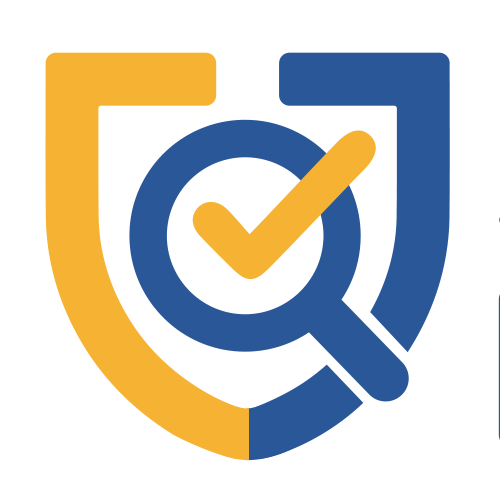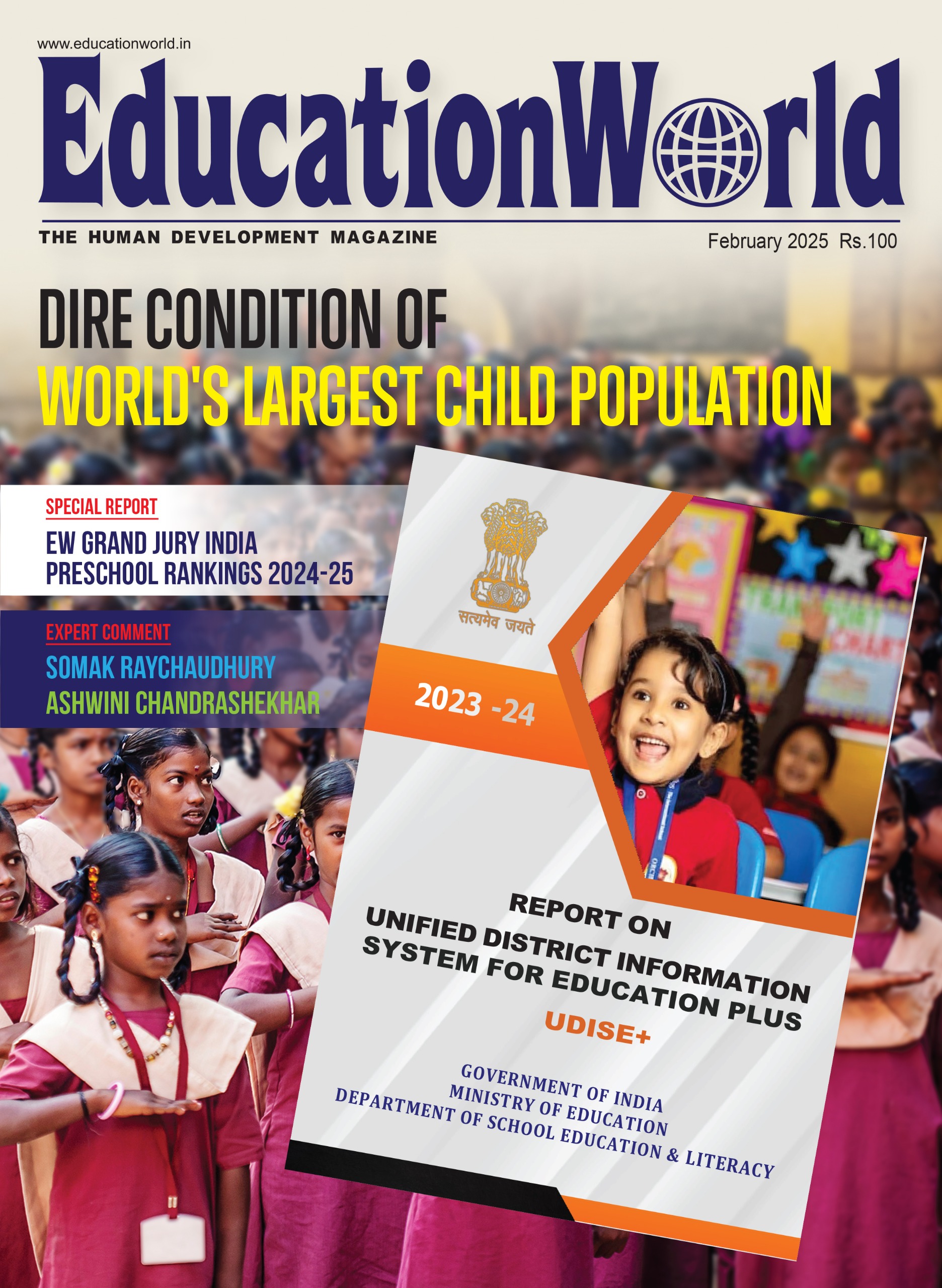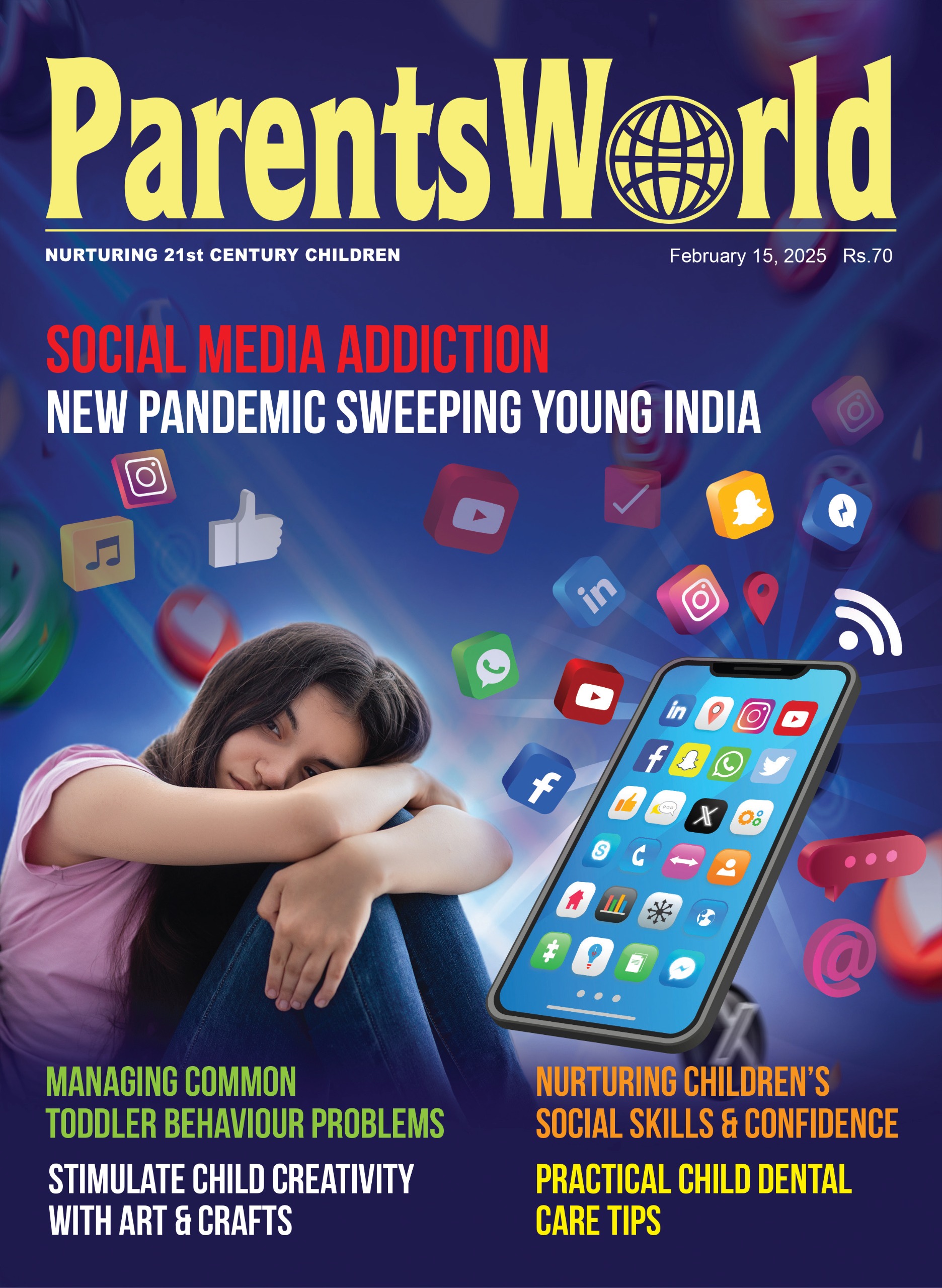– Prof Amol Shimpi, Associate Dean and Director, School of Real Estate, RICS School of Built Environment, Amity University Mumbai.
The Built Ecosystem is a broad, complex and exciting industry that includes conventional fields such as manufacturing, property, and land surveying. Professions consist of architecture, engineering, surveying, administration and planning within the Urban Environment. For school leavers, new graduates, and working professionals, there is a tremendous potential to develop their careers within the industry.
Construction and the built environment are a broad, varied environment. An amazing industry that offers you many possibilities to improve and enrich the world around us! Now, where are you? Are you at home, at school, on the tube or on the bus? Each and every room you use every day has been designed, prepared and installed by someone who works in this awesome industry. Here are 5 tips to build a career in Built Environment industry.
How has employability changed over the years?

Figure 1 Change in Employability Source: India Skills Report 2020
As described in the above figure 1, the employability has tremendously been changed with a compounded annual growth rate of 5 percent. The increase in employability is a positive sign towards the young professionals being absorbed in the various Industries. “Consistency in overall employability over the past three years – only 46 percent students, job-ready” (Industry, 2020).
How much has the recruiting intent shifted every year?

Figure 2 Hiring Intent Source: India Skills Report 2020
As per the figure 2, the hiring intent has drastically reduced to 10 percent in the year 2020 as compared to 15 percent in the year 2019. The reduction in the hiring intent highlights numerous gaps such as lack of appropriate skills which are required by the individuals, availability of resources and knowledge. Reskilling is something which is the need of an hour with a positive update to the mindset and approach. Covid-19 also had a major impact when it comes to Human resource management. According to a recent report by the International Labour Organisation (ILO) and the Asian Development Bank ( ADB), More than 41 lakh young people have lost jobs in the country due to the COVID-19 pandemic, though construction and farm sector employees account for the majority of job losses. (Organization, 2020).
India targets to become an economy of $5 T with a clear benefit that it is at the pinnacle of a digital leap. Digital tailwinds allow businesses to implement digital technologies around the value chain and produce more value for clients and stakeholders. This implementation of new technology is increasingly transforming how an organisation is run, affecting its activities significantly. But technology alone can’t propel India to the $5 T target. The talent of India and its workforce landscape is also rapidly shifting.

Figure 3 The four Industrial revolutions
Although many new jobs are being produced, they are replacing old jobs. In addition, initiatives such as “Make in India” and emerging start-ups are encouraging the development of new jobs in the industry as e-commerce increases and government investment in infrastructure expands. This means that demographic trends, government policies, a growing Industry 4.0 and rising globalisation are strongly driving the work landscape.
Taking a look into the demographics of India
It should be noted that the big and small economic developments and patterns of the country are all significantly influenced by the largest cohort population of India, “the millennials – people who belong in the age bracket of 23-38 years” (Dimock, 2019). Millennials currently contribute almost forty seven percent of the working population of the country and are expected to remain the biggest portion of the Indian workforce for the next ten years. In addition to the size of their job market by generating new prospects, according to the United Nations Population Fund (UNFPA), In order to reap such opportunities, it is essential for developing countries such as India to help guarantee that their working-age classes are sufficiently trained.
It should also be recognized that millennials are “innovators, pioneers, decision-makers, and in that, the ‘Future India’ developers (and Generation Z, or the young demographic cohort in general)”.

Figure 4 Positive hiring intent for 2020
Despite sluggish economy and Covid-19 positive hiring mindset of the employers
As per the survey conducted by Wheebox in a form of National Employability Test (WNET), In the 2020 survey, 56 percent of industrial employers posted an optimistic attitude on hiring and about 28 percent retained as unchanged. Though, compared to 2019, the statistics dropped this year, where about 64 percent of respondents expressed a positive sign while 25 percent of respondents said they did not plan to increase /decrease their employment state.
5 tips to build a career in BE
Must-have positive mindset and soft skills
All employers expressly stated the necessity of a ‘good attitude’ in the candidate when asked about the skills employers seek when recruiting, in the sense that a candidate with a optimistic viewpoint on work and learning is more expected to do well in her / his professional career than her / his complements.
Employers classified a candidate ‘s top 5 preferred skills when recruiting

Figure 5 Top 5 preferred skills
Upcoming skills
Employers have also cited the growing position of “data science & research and social media marketing” in the business over the next five years. This is attributed to the growing role of advanced technology, which impacts roles in the supply chain. Industries are now adopting technology in any possible field to enhance consumer service and drive quality and efficiency in their operations. Skilling, upskilling and reskilling-apply all three to turn yourself into a stronger professional with more applicable skills.
Emerging fields / skills of jobs in the next 5 years
Get as much information & experience as you can
The best time to pursue career paths and undertake an internship or other sort of work experience is in your academic career. Internships and job experience are a perfect way to construct the expertise, soft skills and global outlook of your career. They are also a good way to make you know what roles you want and what roles you don’t like, making things a little easier (hopefully) for your graduate career quest. Student clubs are also ideal for exploring your passions and interests.

Figure 6 Emerging fields / skills
Network- network- network!
“Networking is the single most powerful marketing tactic to accelerate and sustain success for any individual or organisation!” – Adam Small
Networking is one of the most important things you’ll need to make your career a success. Career progression, in its simplest terms, is your career’s lifelong evolution. It is affected by a variety of factors, including the work you have, the experiences you gain in and out of the workplace, the progress you achieve at each point of your career, the formal and informal education and training you get, and the input you get along the way. Networking would therefore help you develop and extend your skill set, keep on top of the new trends in your business, keep your pulse on the work market, meet prospective advisors, partners and clients, and obtain access to the resources needed to fuel your career development. It’s important not to let networking opportunities pass you by, no matter what you study or which industry you’re in.
Come out of the convenience zone, adapt
The skills of tradition can no longer help you find a career that is well-paying. If you are a student, it is an excellent chance to understand the changing complexities of the industry and learn the skills that will be in demand for years to come. The business situation is evolving at a rapid pace and no one can stop it. There’ll be a different post-Covid world. You need to respond to your colleagues’ new ways of communicating. The easiest way to sail through tough times is to adapt to the new ways.
The views, thoughts, and opinions expressed in the article belong solely to the author, and not necessarily reflect the views, thoughts, and opinions of EducationWorld.
Also read: In the era of AI, how coding is most important for student





















